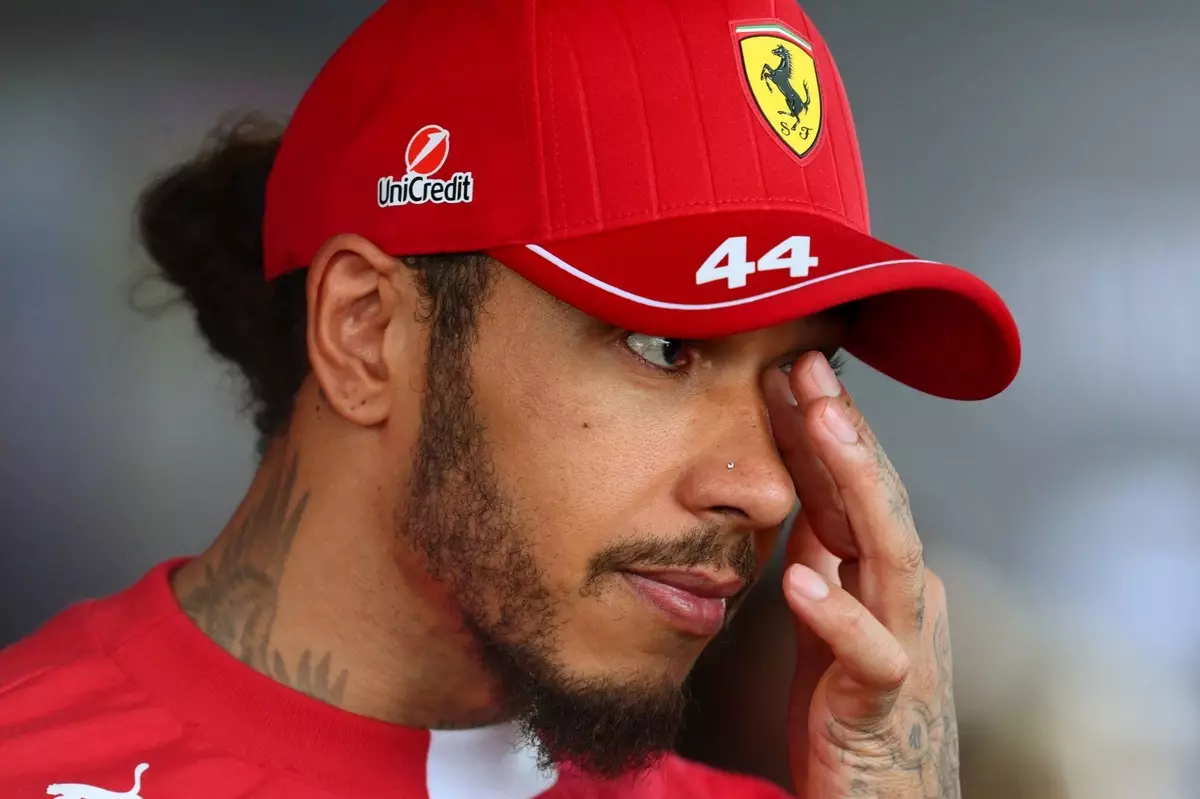In the high-stakes world of Formula 1, setbacks are as inevitable as the chequered flag. Yet, the mindset of a driver and the leadership within a team can determine whether those setbacks become fleeting moments of frustration or catalysts for monumental comebacks. Lewis Hamilton’s recent struggles at the Hungarian Grand Prix highlight this reality vividly. While the immediate reaction might be disappointment and self-criticism, seasoned champions refuse to let temporary failures define their narrative. Hamilton’s case exemplifies how embracing adversity with resilience and a strategic mindset can ultimately strengthen a competitor’s resolve. It’s vital for teams and drivers to recognize that setbacks are not signals of inadequacy but opportunities for reflection and growth, provided they maintain the right perspective.
Leadership and Confidence: The Role of a Visionary Team Principal
Fred Vasseur’s comments shed light on an essential aspect of elite sports: leadership rooted in understanding and encouragement. Instead of focusing solely on the shortcomings, Vasseur emphasizes Hamilton’s unwavering demand for excellence—a trait that symbolizes a true champion’s mentality. His acknowledgment that Hamilton’s frustration is normal and temporary suggests that the long-term vision must remain intact, especially from leadership. Effective team principals inspire confidence by not only defending their athletes but also by framing setbacks as part of the journey to greatness. Vasseur’s approach underscores the importance of trust and unwavering belief in a driver’s potential to bounce back stronger, even when times appear bleak. His remarks serve as a reminder that true leadership involves balancing honest assessment with motivational support, which ultimately fosters resilience in the face of adversity.
The False Narrative of Defeat: Re-evaluating Performance Under Pressure
The narrative that Hamilton is struggling seems to overshadow the nuanced reality of competitive racing. A marginal difference in qualifying times, such as Hamilton missing out on Q3 by just a few tenths, suggests that the margin for error is razor-thin. It’s tempting to interpret such moments as signs of decline or failure, but they often mask underlying complexities—car performance, traffic, even luck. Hamilton’s experience reveals how success in F1 is not solely about raw talent but also about precision, timing, and resilience in moments of pressure. Frequent winners understand that performance fluctuations are parts of the process and that every setback provides data to refine strategies and improve execution. Synthetic narratives of defeat ignore this intricate landscape, and champions who excel are those who refuse to be defined by a single bad day.
The Resilience of a Champion: Bouncing Back and Setting New Standards
Ultimately, the essence of true greatness lies in resilience—how a driver repurposes disappointment into motivation. Hamilton’s self-critical remarks expose his relentless pursuit of perfection, a hallmark of a champion. The acknowledgment of frustration is human, but it must not be a barrier to progress. Instead, it is a signal to push harder, analyze more deeply, and return with increased determination. Historic examples abound of athletes who faced crushing defeats but emerged more formidable. The mental toughness to endure, analyze, and improve underpins monumentally successful careers. Hamilton’s potential to rebound from this temporary setback depends on his ability to harness his frustration constructively. As Vasseur notes, he remains a demanding and driven athlete—traits that, if channeled correctly, will propel him beyond his current struggles and into the next chapter of success.
Redefining Success in Modern Motorsports
In the fast-paced, unforgiving arena of Formula 1, victory is often measured not just by podiums but by resilience, adaptability, and mental fortitude. Hamilton’s recent experience, set against his storied career, reminds us that even the greatest face moments of doubt. The true measure of success lies in how quickly and effectively they recover. Teams must cultivate environments that turn frustration into fuel for improvement, understanding that setbacks are inevitable but not insurmountable. Fostering this mindset ensures that a champion remains not just a flash in the pan but a persistent force, capable of reshaping the narrative through sheer resilience. Ultimately, the path of a true victor is paved with challenges, but it is those who refuse to surrender to despair that forge their legacy.

